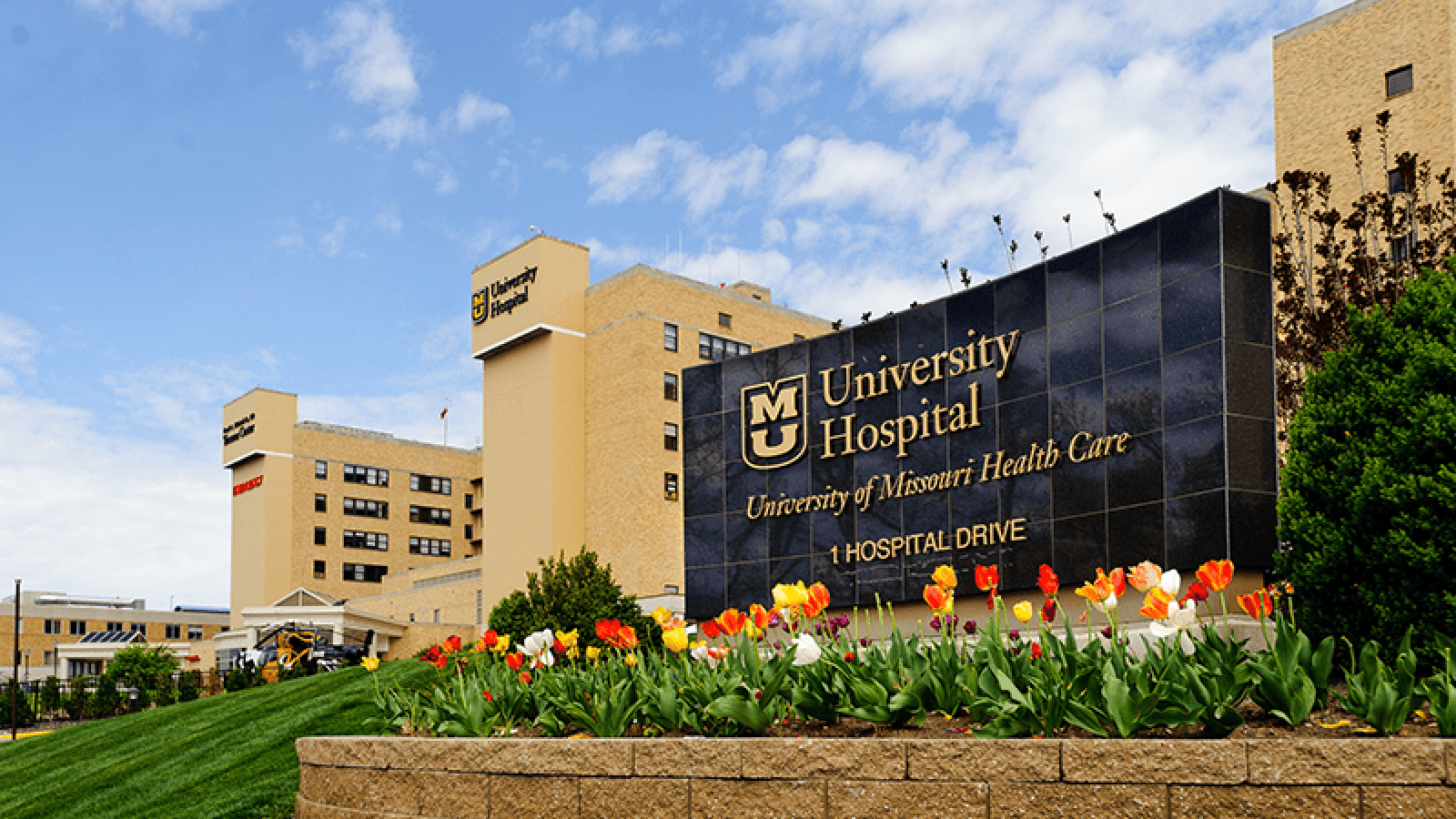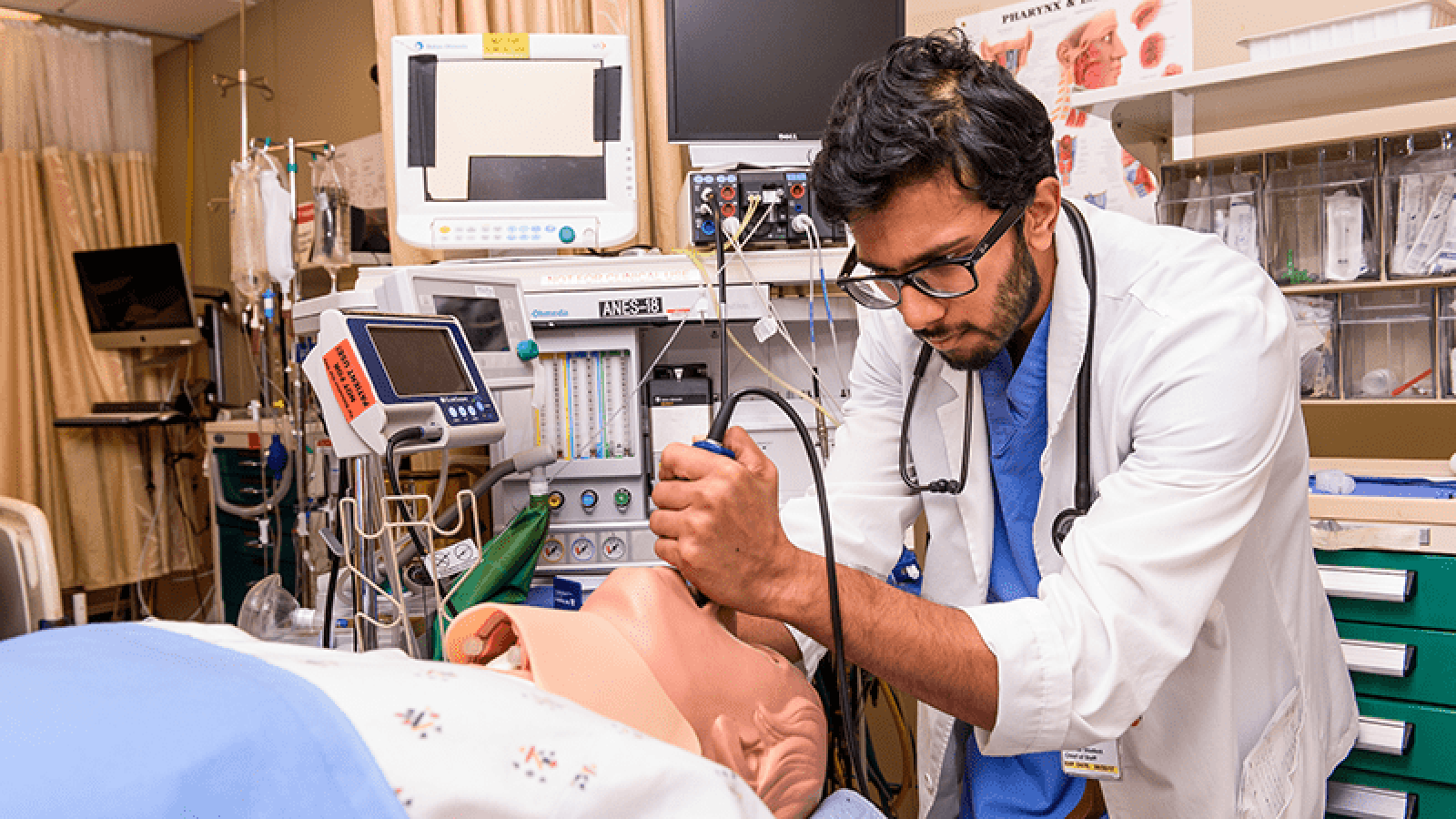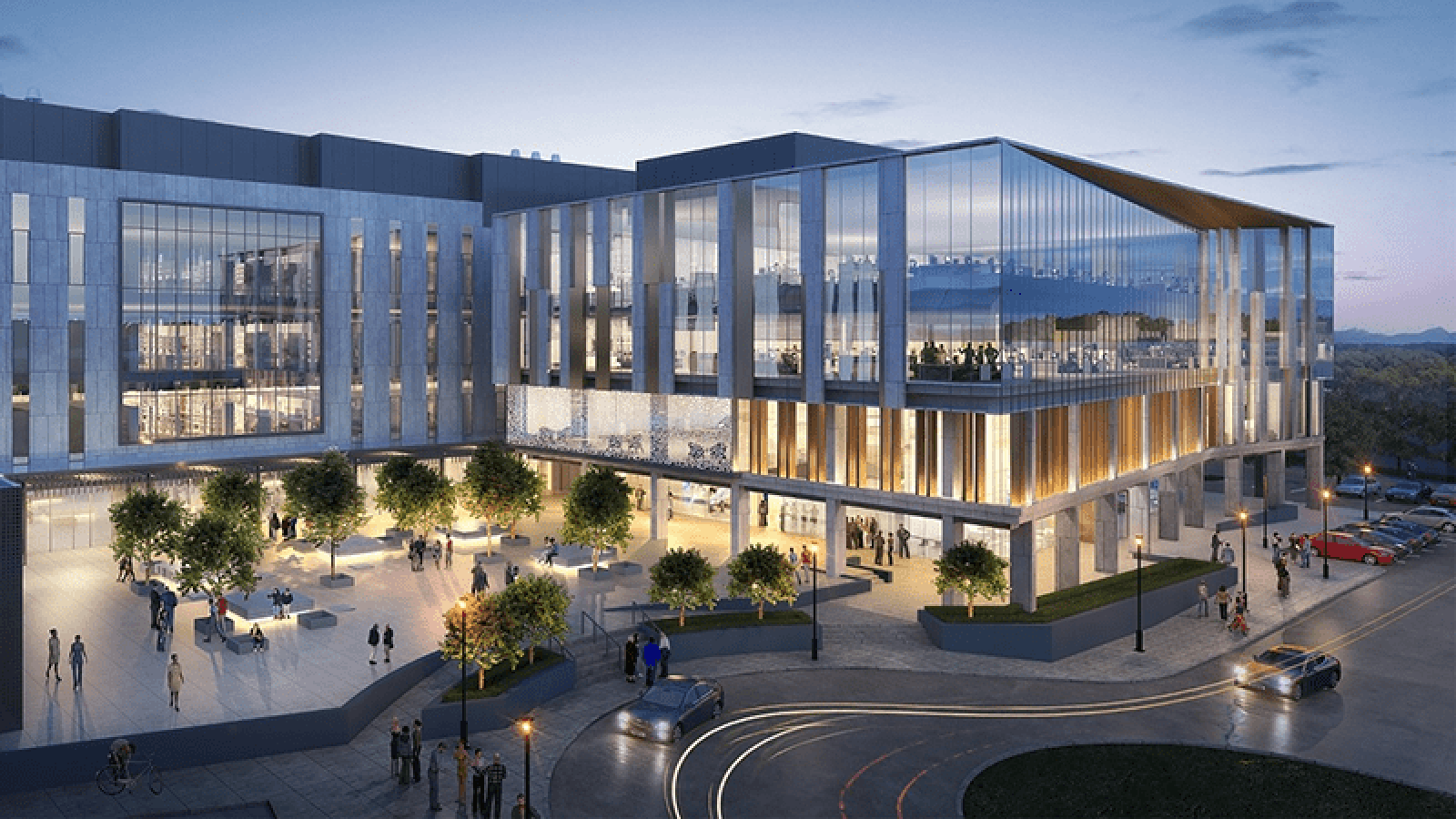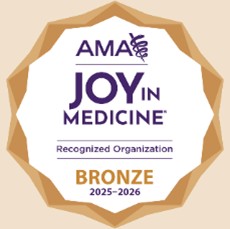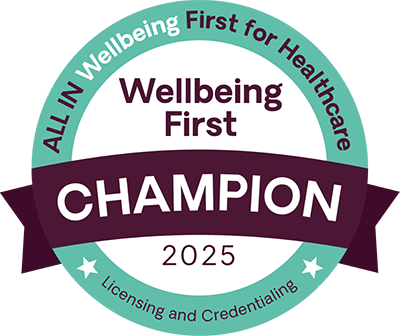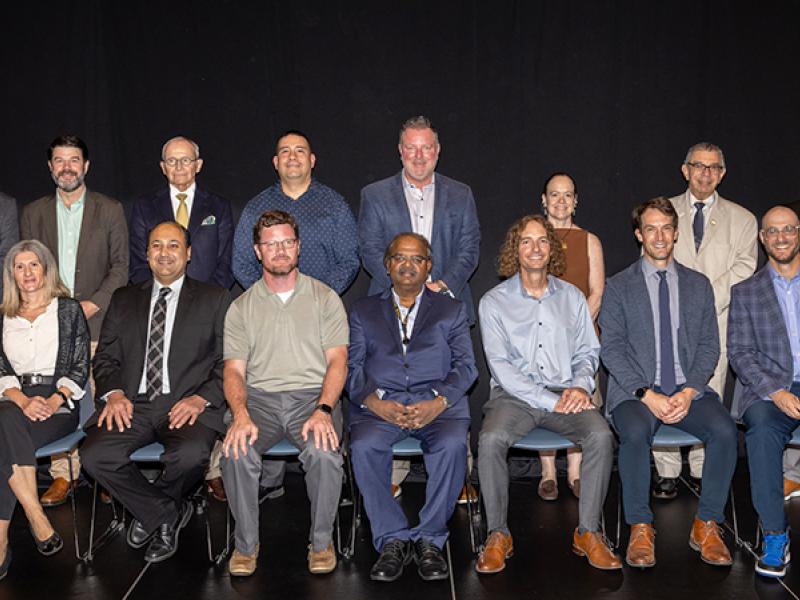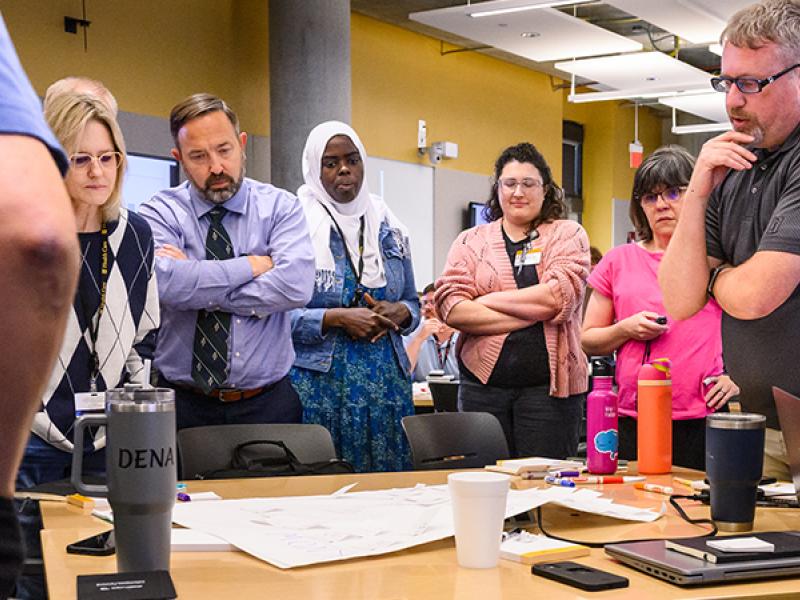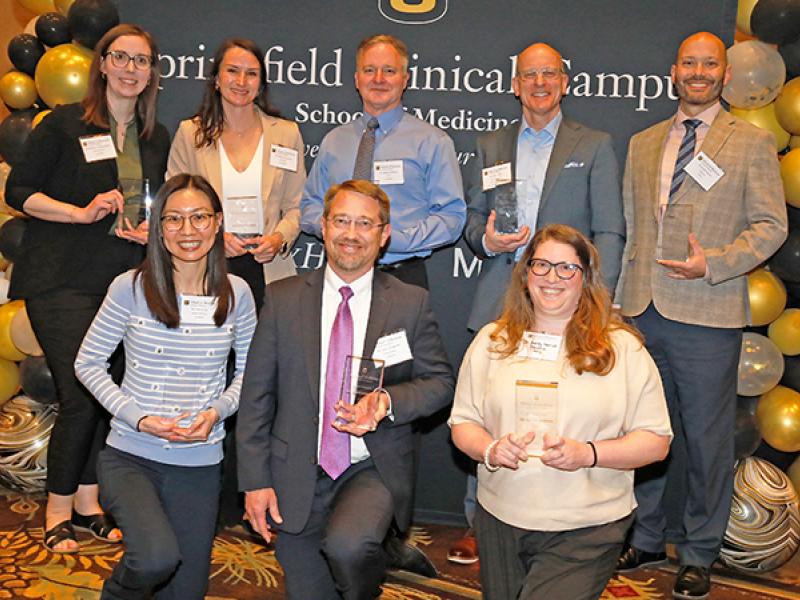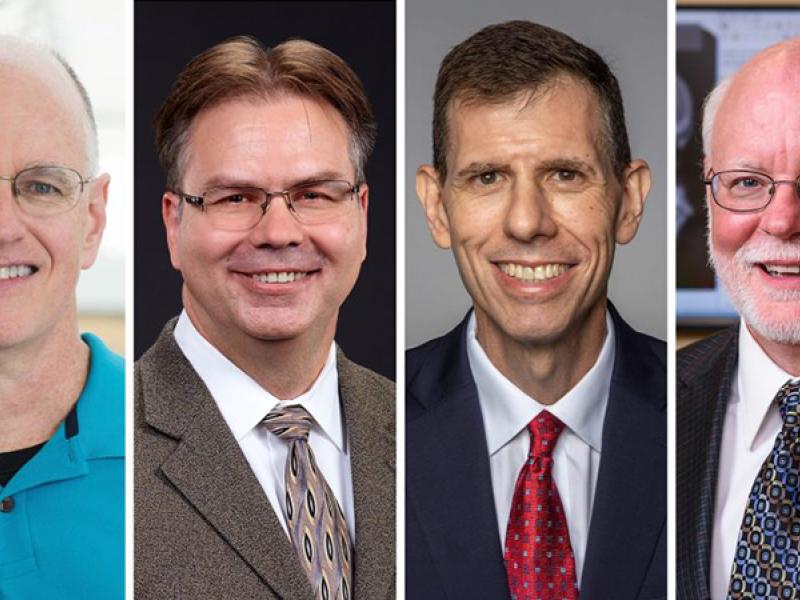At the University of Missouri School of Medicine and MU Health Care, our mission is to save and improve lives — through exemplary education, research and patient care. Together with the Sinclair School of Nursing and the School of Health Professions, our vision is to be the premier and transformational academic health system for Missouri.
We are located in the lively and welcoming City of Columbia, which has all the entertainment, amenities and culture of a larger city, right here in the middle of Missouri.
Our health system leaders are aligned with the four-campus University of Missouri System with the goal of leveraging our rich resources and unique capabilities to better the lives of the state’s people. Richard Barohn, MD, executive vice chancellor for health affairs and Hugh E. and Sarah D. Stephenson Dean, MU School of Medicine, leads the health system, collaborating closely with MU Health Care CEO Ric Ransom, JD, MBA, MSHA. Together, they share a strategic vision for elevating the health system in the state and beyond.
Clinical Strength
One of the defining strengths of our integrated academic health system is a firm commitment to clinical care.
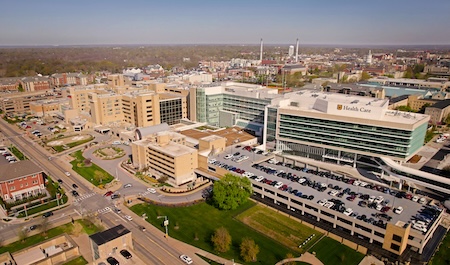
Our clinical faculty are members of University Physicians, the largest group practice plan in mid-Missouri, which assures a salary and incentive program competitive with other academic health systems in the U.S. In the past decade, MU Health Care has solidified its position as the market share leader in our region, which covers 25 counties with a total population of almost 800,000. We have six hospitals, more than 50 clinics and multiple affiliations that have improved patient access in Columbia and surrounding communities. Amid a pandemic, we opened a new primary care clinic, committed to opening another and broke ground on a seven-story patient care tower for children’s and birthing services. We also treat mid-Missouri’s most complex cases, providing more than 80 specialties and subspecialties and offering the region’s only:
- Children’s Hospital
- Level 1 Trauma Center
- Comprehensive Stroke Center
- Level IV Epilepsy Center
- Level I STEMI Center
View current clinical positions
Educational Excellence
Teaching the next generation of doctors to meet the future health care needs of our patients requires a medical school with a progressive approach.
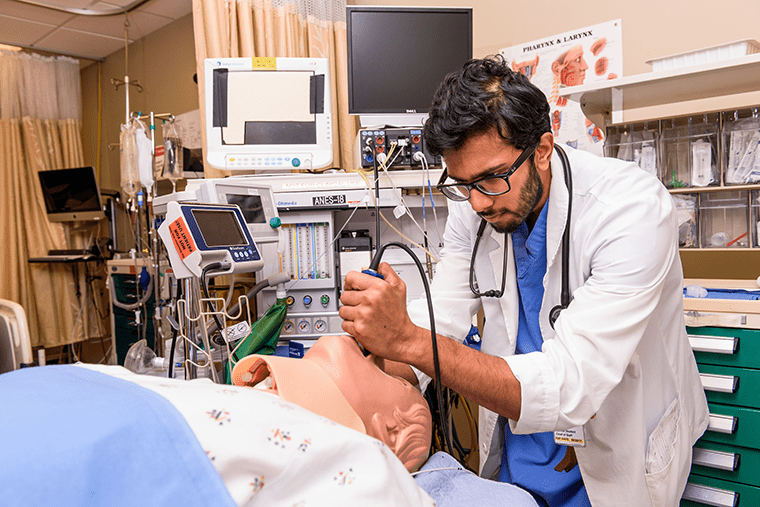
As one of the pioneers of the patient-based learning curriculum, we have a long history of developing high-quality learners who exceed the national average in board scores and are assets to faculty in clinical and research settings.
We are committed to building a representative student body and faculty, and we’ve developed programs to recruit, support and retain the brightest students and resident physicians. A critical health care issue affecting the state is the physician shortage in rural areas, where 37% of Missourians live and only 18% of doctors practice. We’re actively addressing this problem through an extensive telehealth network and a pipeline program that recruits students from rural areas and provides training in smaller towns.
Research Vision
Situated on the University of Missouri’s campus, the School of Medicine is just steps away from the colleges of veterinary medicine, agriculture and engineering, so we are perfectly suited for team science.
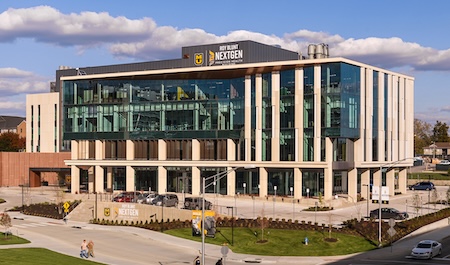
From the generous pilot grants available through the new TRIUMPH initiative to the programs and partnerships that help researchers commercialize their work, our investigators receive the resources they need to translate ideas into health solutions.
Looking to the future, we’re making a huge investment in medical research, particularly in the fields of cancer, cardiovascular and metabolic disorders, and neurosciences. The NextGen Precision Health building is a $220 million, 265,000-square-foot research facility that is the hub where scientists and clinicians collaborate with experts in other disciplines. The facility is equipped for every step of the translational research process, from molecular discovery to small- and large-animal testing to human studies.
Among the building’s features:
- Clinical Translational Science Unit
- MAGNETOM Terra 7 Tesla (7T) MRI scanner
- PET/CT, Cryo-EM and high-resolution electron microscopy
- Integrated informatics and data analytics spaces
- Good Manufacturing Practice (GMP) spaces for pilot-scale manufacturing
- Clean rooms for tissue engineering and device fabrication
But NextGen Precision Health is more than a building. It’s an initiative devoted to leveraging the university system’s unique strengths — from the nation’s most powerful academic research reactor to the four NIH-funded animal resource centers — to find new solutions to Missouri’s most pressing health problems.
View current research positions
Work-Life Balance
Your time is valuable, and you can enjoy more of it in a place that offers urban perks without the drawbacks. Columbia is an affordable city of 120,000 where your commute is almost always less than 15 minutes. It is a healthy place to live and raise a family, with spacious parks and 65 miles of trails for walking, running and biking.

Sports fans can watch the Mizzou Tigers play against the nation’s best competition in the Southeastern Conference. The city has a vibrant arts scene — including an annual outdoor music festival in the fall and an international documentary film festival in the spring — and a bustling downtown full of independent shops and restaurants. Columbia, which routinely makes the lists of the nation’s best places to live, grew around the University of Missouri and knows the value of education. It supports a public school system that ranks among the nation’s best. People of all races, ethnicities and religions can find a welcoming home here.
Get in Touch
We encourage you to explore the possibility of joining the more than 680 faculty physicians and scientists at the University of Missouri School of Medicine. It’s a place big enough to matter but small enough that you can make a difference. It’s a place where you can grow in your career without sacrificing the memorable moments with loved ones that make your life complete. It could be the perfect fit for you.


